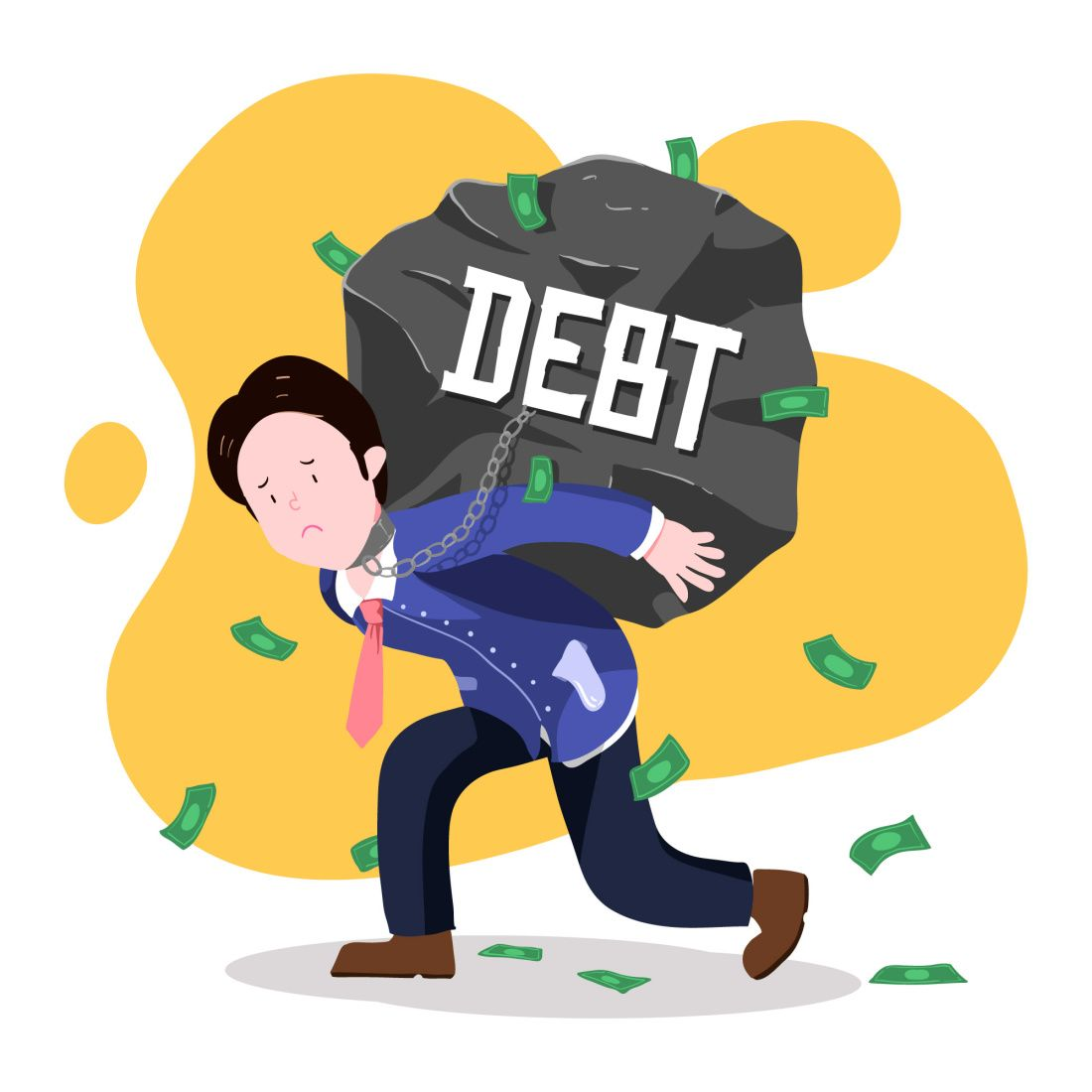The Myth of “Hopeless Debt”

One of the most damaging beliefs people hold about debt is that it’s permanent. They imagine a lifetime of repayments, stress, and cutting corners just to survive. But debt, no matter how big, is a problem with multiple potential solutions.
Think of it like this: if your kitchen sink starts leaking, you don’t burn the house down—you find a way to fix it. Some fixes are quick (tightening a pipe), some require more work (replacing the faucet), and others need a complete overhaul of the plumbing. Debt is no different; the right approach depends on the scale and cause of the problem. And just as plumbers have tools, you have options—approaches that can make even the most overwhelming debt manageable.
Understanding the Nature of Your Debt
Before you can choose the right debt solution, you need to figure out exactly what you’re dealing with. There’s a big difference between owing $2,000 on a credit card and being $50,000 deep in multiple loans.
Financial advisers often compare it to diagnosing an illness—you wouldn’t take random medication without knowing what’s wrong. You need to look at:
- How much you owe
- Who you owe
- The interest rates
- Your monthly repayment obligations
- Your income and expenses
This clarity alone can be a relief. Many people feel lighter just by writing everything down, because suddenly the “unknown monster” has a shape. Even acknowledging your debts openly can reduce anxiety and make it easier to take the first step toward repayment.
Debt Solutions in Action
Here are some practical, real-world approaches that people use to manage or clear debt:
1. The Snowball Method
This method focuses on paying off the smallest debt first while maintaining minimum payments on the rest. Once the smallest is gone, you tackle the next smallest. Psychologically, it builds momentum—like crossing items off a to-do list, you feel victories early on. It’s a method that encourages consistency and helps people regain confidence in their finances.
2. The Avalanche Method
Here, you target the debt with the highest interest rate first. It might take longer to see your first “win,” but it saves more money in the long run.
3. Consolidation Loans
If you have multiple debts with high interest rates, rolling them into a single lower-interest loan can reduce your monthly payments and simplify your finances.
4. Negotiating with Creditors
Many people don’t realise that creditors can be surprisingly flexible if they know you’re struggling but committed to paying. Lower interest rates, extended payment terms, or even reduced balances can sometimes be arranged.
5. Professional Debt Management Plans
Working with a reputable financial counsellor or agency can help you set up a realistic repayment plan. They can also act as a buffer between you and relentless collection calls.
The Human Side of Debt Solutions
Numbers and percentages are one thing, but debt is also deeply emotional. It can affect self-esteem, relationships, and even physical health. I once met a man named Chris (not his real name) who carried $40,000 in debt after a failed business venture. For two years, he ignored letters and phone calls because every reminder of the debt made him feel like a failure.
When he finally reached out for help, he discovered that half the stress came from uncertainty. By working with a debt counsellor, he set up a five-year repayment plan, cut unnecessary expenses, and negotiated lower interest rates. Three years later, he was debt-free and starting a new business—this time with cash reserves instead of credit. Chris’s experience shows that structured support can transform not just finances, but overall wellbeing.
Why Quick Fixes Often Fail
Beware of flashy ads that promise to “wipe your debt instantly.” Some are scams, while others are legal but harmful—offering solutions that damage your credit score or come with hidden fees. True debt solutions require commitment, discipline, and often a change in financial habits.
It’s like weight loss—you can buy “miracle” pills, but real change comes from healthier eating and consistent exercise.
The Role of Habits in Staying Debt-Free
Clearing debt is only half the journey; staying debt-free is the other half. The same way a storm teaches a sailor new respect for the sea, debt can teach lifelong financial discipline. Some habits that help include:
- Tracking your spending daily
- Avoiding high-interest credit for non-essentials
- Building an emergency fund (even $500 can be a game changer)
- Setting financial goals and reviewing them monthly
When Debt Is More Than Just Numbers
Sometimes, debt is tied to deeper issues—unemployment, medical expenses, divorce, or even gambling and overspending habits. In these cases, addressing the root cause is as important as the repayment plan.
Support can come from counselling, community programs, or even peer groups where people share their experiences and strategies. It’s easier to row the boat when others help steady it. Having a support network can make the difference between giving up and finally reaching financial stability.
A Fresh Perspective on Debt
Imagine debt as a mountain. At the base, the peak looks impossibly far. But with the right gear (a plan), a guide (adviser or mentor), and a steady pace (discipline), you’ll eventually stand at the top, looking down at the path you’ve conquered.
Debt solutions are your climbing gear—they don’t remove the mountain, but they make it scalable.
The Calm After the Storm
Debt doesn’t define who you are—it’s a situation, not an identity. The key is recognising that there are multiple paths forward, each suited to different circumstances. Whether you use the snowball method, consolidate your loans, or work with a professional, what matters is taking the first step.
Like every storm, debt can be navigated with the right tools, guidance, and mindset. And when you reach calmer waters, you’ll not only be free of financial burden but also equipped with the skills to keep it from returning.
In the end, debt solutions aren’t just about money—they’re about reclaiming control, peace of mind, and the confidence to face the future without fear.



